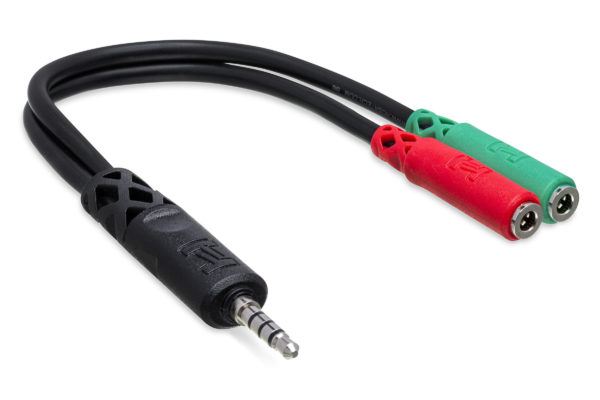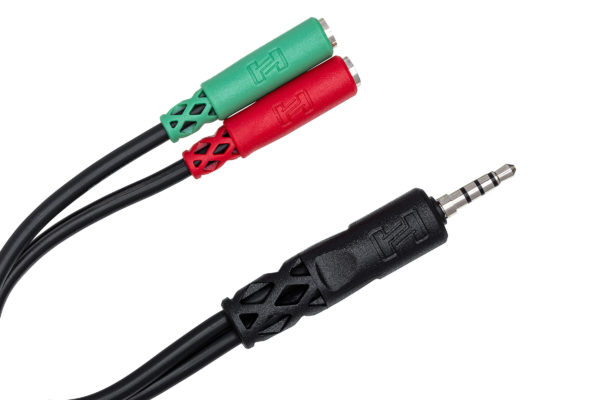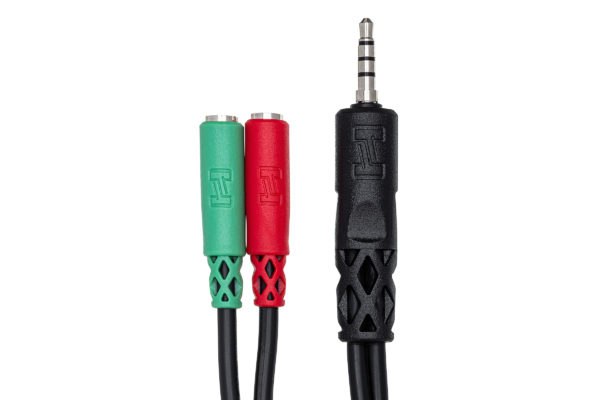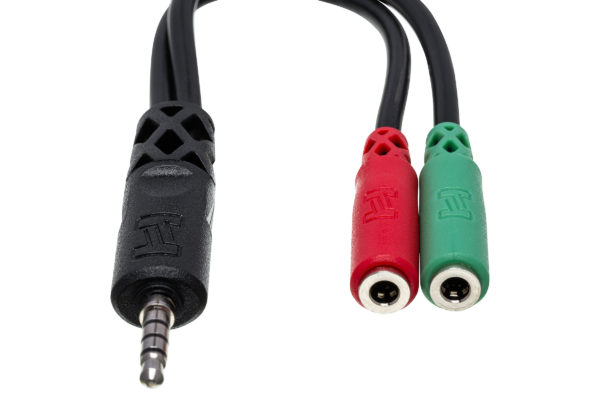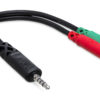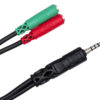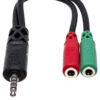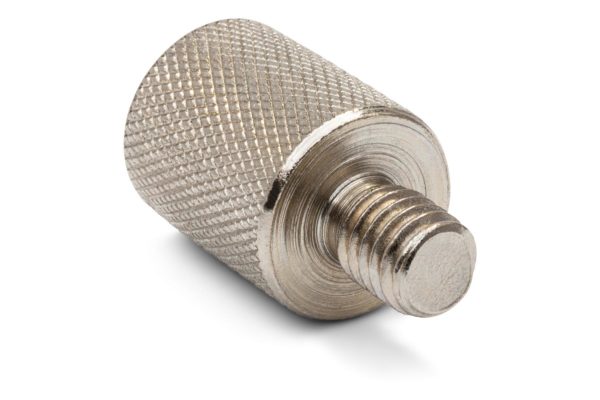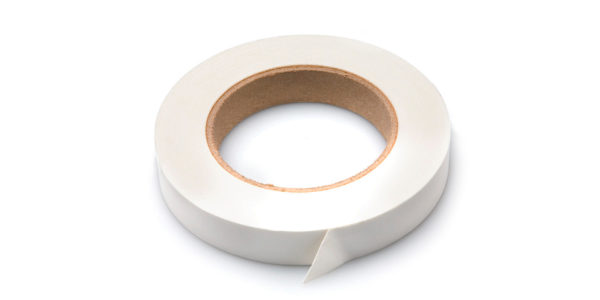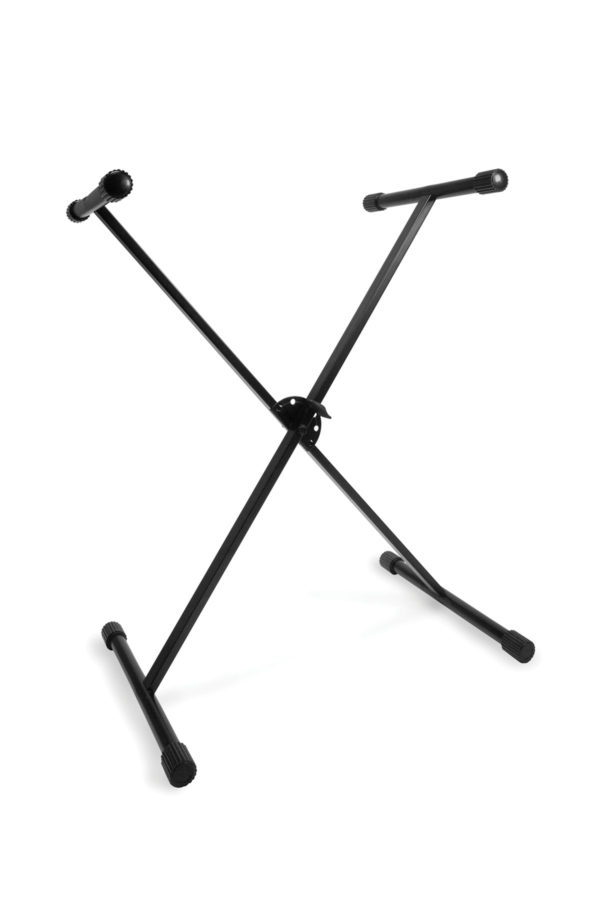Headset/Mic Breakout Cable
3.5 mm TRRS to Dual 3.5 mm TRSF$9.95
| Price |
per item
|
This Hosa Headset/Mic Breakout Cable is designed to combine separate TRS outputs into a single TRRS connection. It is ideal for combining separate mic and headphone outputs into one input for all-in-one headsets.
• Nickel-plated plugs for rugged durability and efficient signal transfer
• Oxygen-Free Copper (OFC) conductors for enhanced signal clarity
• OFC spiral shields for effective EMI and RFI rejection and flexibility
• Uses CTIA wiring standard
Connectors: 3.5 mm TRRS to Dual 3.5 mm TRSF
Downloads:
YMM-108 Specifications
About Headset/Mic Breakout Cables
What is a Headset/Mic Breakout Cable?
Headset/mic breakouts are used for microphone and headphones combinations where one device uses a single TRRS connection and the other uses separate TRS connections for microphone and headphones. With increases in remote work, streaming, and online gaming, headsets with built-in microphones are becoming more common, as is the need for those headsets to connect to older devices equipped with separate headphones and microphone connections.
When Would I Use a Headset/Mic Breakout Cable?
Some equipment, such as laptops, use separate mic and headphone jacks rather than a single TRRS connection for both. The Hosa YMM-107 enables you to connect a headset with built-in microphone to one of these laptops. Conversely, you may use headphones with a standalone microphone that must now both be connected to a gaming console with a single TRRS input. In this case, the solution would be the Hosa YMM-108. If using a balanced microphone, you would also need the Hosa XVM-100F series microphone cable.
What is TRRS?
TRRS is short for tip/ring/ring/sleeve. A TRRS connector allows for two-way communication in devices that are set up to receive both microphone and headphones in a single connection. TRRS cables carry three independent signals, ideal for use with headsets and earbuds with built-in microphones.
What is TRS?
TRS is short for tip/ring/sleeve. A TRS connector is typically used on balanced or stereo cables. For stereo applications, this means it carries independent left and right outputs in a single cable. Balanced cables duplicate the signal along two conductors. For more information on balanced audio, check out our post, Balanced vs. Unbalanced Audio Cables.

